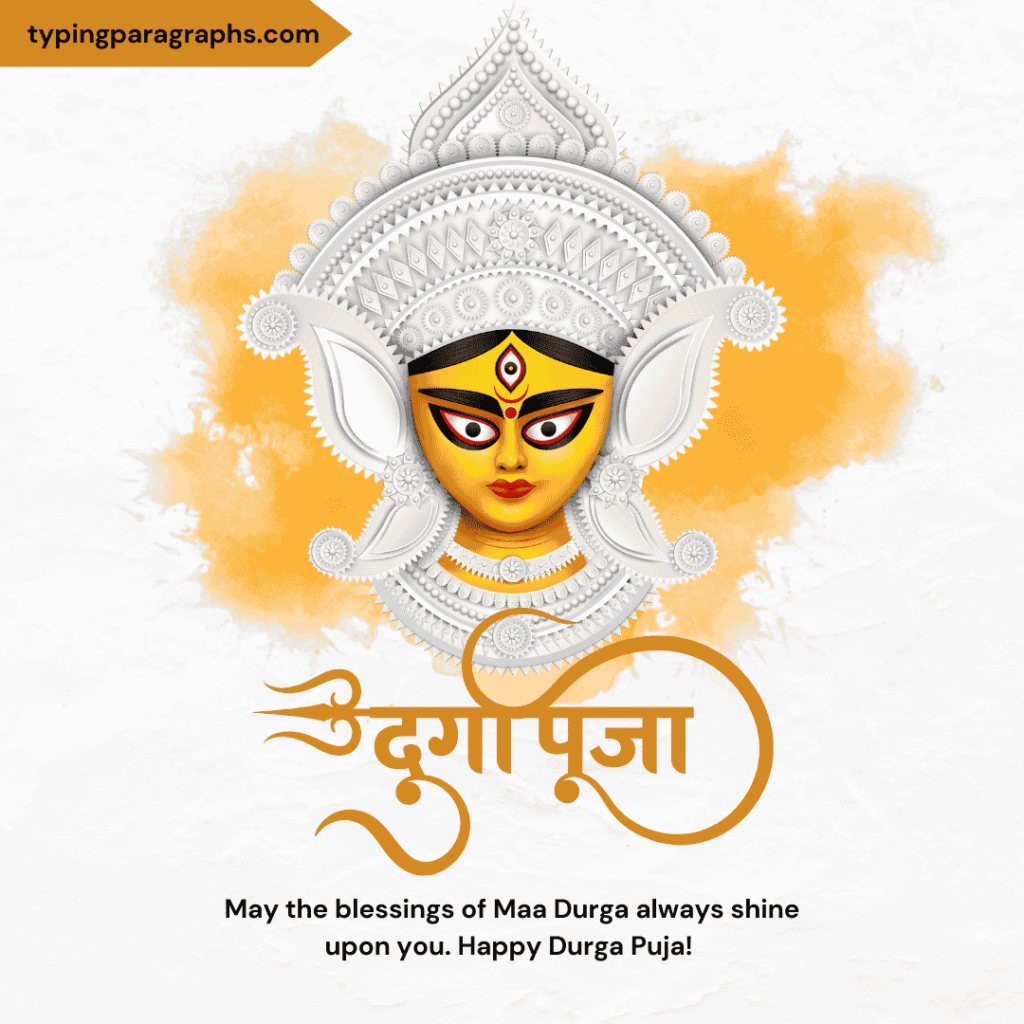Exploring the Splendor of Navratri, the Nine Night Festival
You can copy this text, paste it into Notepad, save it, Check out
Navratri, the Nine Nights Festival, is a vibrant and spiritually enriching celebration that holds immense significance in Hindu culture and tradition. Rooted in ancient mythology and steeped in devotion, Navratri commemorates the divine feminine energy and the victory of good over evil. Lasting for nine nights and ten days, Navratri is observed with fervent devotion and elaborate rituals, culminating in exuberant celebrations marked by music, dance, and religious fervor.
The origins of Navratri can be traced back to Hindu mythology, particularly the legend of Goddess Durga’s triumph over the demon Mahishasura. According to the myth, Mahishasura, a formidable demon, had unleashed a reign of terror upon the gods and goddesses, threatening the balance of the universe. In response to the gods’ plea for help, Goddess Durga emerged as a divine embodiment of strength and courage, armed with weapons bestowed upon her by various deities. After a fierce battle that lasted for nine nights, Goddess Durga emerged victorious, slaying Mahishasura and restoring peace and harmony to the cosmos. Navratri celebrates this victory of good over evil and honors the divine feminine energy that pervades the universe.
Navratri is celebrated with great enthusiasm and devotion across India and among Hindu communities worldwide. The festival typically occurs twice a year, once in the spring (Chaitra Navratri) and again in the autumn (Sharad Navratri), with the latter being the more widely celebrated and elaborate of the two. The festival’s onset is marked by the invocation of Goddess Durga through prayers, rituals, and elaborate ceremonies conducted in temples and households. Devotees adorn altars and shrines with flowers, fruits, and incense, offering prayers and seeking the blessings of the divine mother for protection, prosperity, and spiritual upliftment.
Each of the nine nights of Navratri is dedicated to the worship of a different form of Goddess Durga, known as Navadurga or the Nine Forms of Durga. These forms represent various aspects of the divine feminine energy, ranging from fierce and warrior-like to serene and nurturing. The nine forms of Goddess Durga are Shailaputri, Brahmacharini, Chandraghanta, Kushmanda, Skandamata, Katyayani, Kalaratri, Mahagauri, and Siddhidatri. Devotees offer special prayers, perform rituals, and recite hymns and mantras dedicated to each form of the goddess, seeking her blessings and grace.
One of the most iconic aspects of Navratri celebrations is the performance of traditional folk dances, such as Garba and Dandiya Raas. These dances are characterized by their energetic and rhythmic movements, accompanied by live music and the beating of drums. Garba, a circular dance performed by men and women in traditional attire, symbolizes the cyclical nature of life and the eternal rhythm of creation and destruction. Dandiya Raas, on the other hand, involves the use of wooden sticks (dandiyas) and intricate footwork, evoking the playful interaction between Lord Krishna and the gopis (cowherd maidens) of Vrindavan.
Navratri is also a time for fasting, self-discipline, and spiritual introspection. Many devotees observe strict dietary restrictions and abstain from consuming meat, alcohol, and certain types of grains and vegetables during the nine-day period. Fasting is believed to purify the body and mind, enhance spiritual awareness, and cultivate a sense of discipline and self-control. Some devotees also engage in acts of charity and selfless service, offering food, clothing, and other necessities to the less fortunate as a form of seva (selfless service) and devotion.
The culmination of Navratri is marked by the celebration of Dussehra or Vijayadashami, which commemorates the victory of Lord Rama over the demon king Ravana. Effigies of Ravana, his brother Kumbhakarna, and his son Meghnad are ceremonially burnt in large bonfires, symbolizing the triumph of righteousness over evil. It is also believed to signify the victory of Goddess Durga over Mahishasura, reinforcing the theme of victory of good over evil that pervades Navratri.
In conclusion, Navratri is a festival of immense spiritual significance that celebrates the divine feminine energy and the triumph of good over evil. Through prayers, rituals, fasting, and devotional practices, devotees seek to connect with the divine mother and invoke her blessings for protection, prosperity, and spiritual enlightenment. The festival’s colorful rituals, vibrant dances, and joyous celebrations serve to unite communities and foster a sense of collective devotion and reverence towards the divine. Navratri is not just a festival; it is a profound spiritual journey that reaffirms the eternal principles of dharma (righteousness), karma (action), and bhakti (devotion) that guide and inspire the human spirit.

